Sooner than later, once Lotus is fully integrated into both the unrated and competitive queues in VALORANT, you will need to learn the latest three-site addition to the map pool because only cowards queue dodge when they get a map they don’t like.
Lotus is certainly one of the game’s most unique and fascinating maps: three sites to plant the spike, rotating button-activated doors that quickly close behind you, and a small destructible door that opens access between A Main and A Link.
You’re likely not going to have the new map mastered before it hits the main queues, but you can give yourself an early advantage by learning the proper callouts early and picking up a few useful tricks.
Lotus map layout and callouts
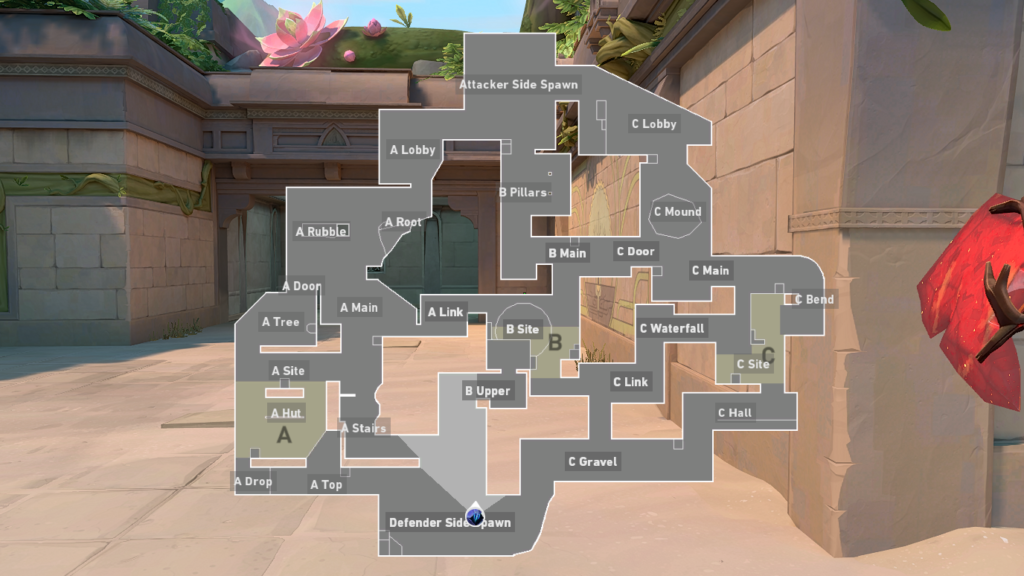
These are the basic callouts for the new Lotus map. Here are some other basic callouts not listed:
- The big pit in the B site is commonly called Pit.
- The breakable door between A Link and A Main has been called Vent or Link Door.
How to attack and defend A on Lotus

On the A site, control of A Main is pivotal to both sides.
For attackers, A Main is the most direct path to the A site, given that otherwise, they would have to go through a potential bottleneck either A Door or the breakable Link Door. On attack, smoking off A Stairs is a necessity if you want A Main control.
Related: Best VALORANT agents to play on Lotus
On defense, there are a handful of different styles to play with. Using utility at A Lobby and A Root right away can cover for a defender trying to push up and get into the Rubble spot. You can also leave a player to defend A Tree, who can catch planters or attackers going through A Door off guard. Additionally, A Drop is silent, so you can hold an angle from A Top and quietly rotate to Drop if attackers get on site.
How to attack and defend B on Lotus
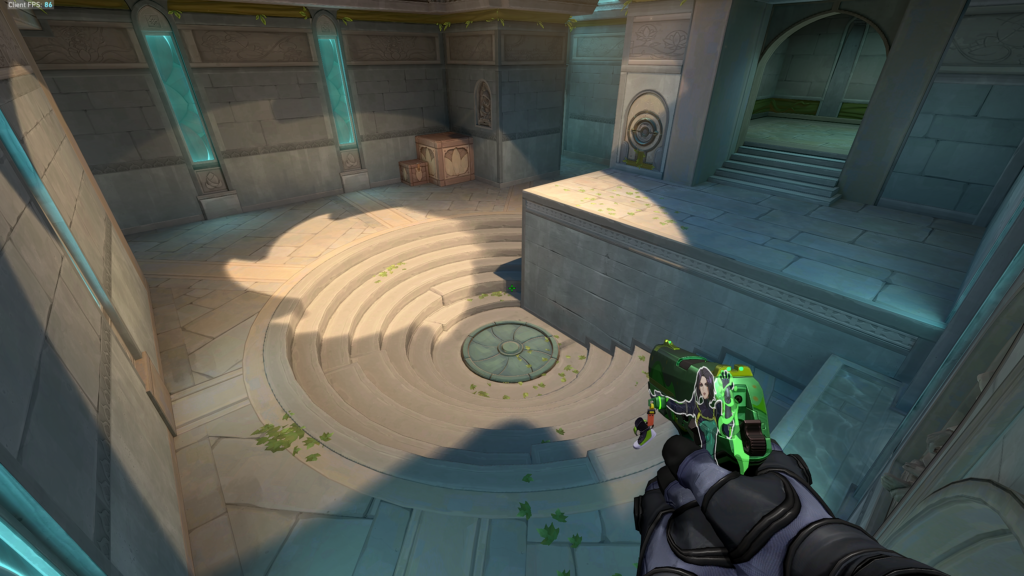
When attacking B, a double-pronged attack via B Pillar and the C Mound is the best way to go since you can catch off aggressive C site defenders or pivot the B attackers through Door and into C if need be. The most common spot for defenders appears to be the A Link hallway and the upper B area, so smoke those off or clear them in an execute.
While defending B, aggressive utility is the way to go again to slow down a potential push. If you want to stay aggressive, an agent with high mobility can hide behind the box in B main and retreat back to the site if they get pinched from B Pillars and C Door. The safest angle to defend the B site from is the A Link since attackers would have to break the door there to reach you.
How to attack and defend C on Lotus
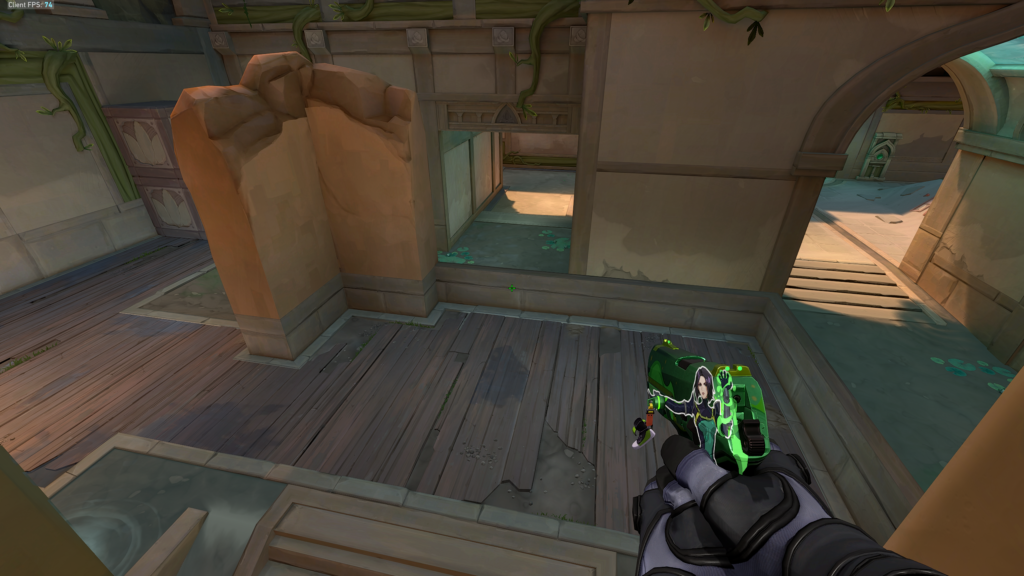
When attacking C, your best bet is to slowly take control of the C Mound area, then use smokes and flashes to blitz your way into the C site from a short distance. C site is perhaps the best from a post-plant perspective if you plant closest to C Mound, as the short wall on the upper portion of the site is too short to fully cover a defuse.
For defending C, you’ll want to take C Mound control first, as holding off an execute and retaking the C site are both equally challenging. Given how good post-plants are for attackers on C, preventing a free plant is most pivotal on C. If you’ve lost control of C Mound, try and use the different hiding spots on the site to deny the plant rather than give up and go for a retake.


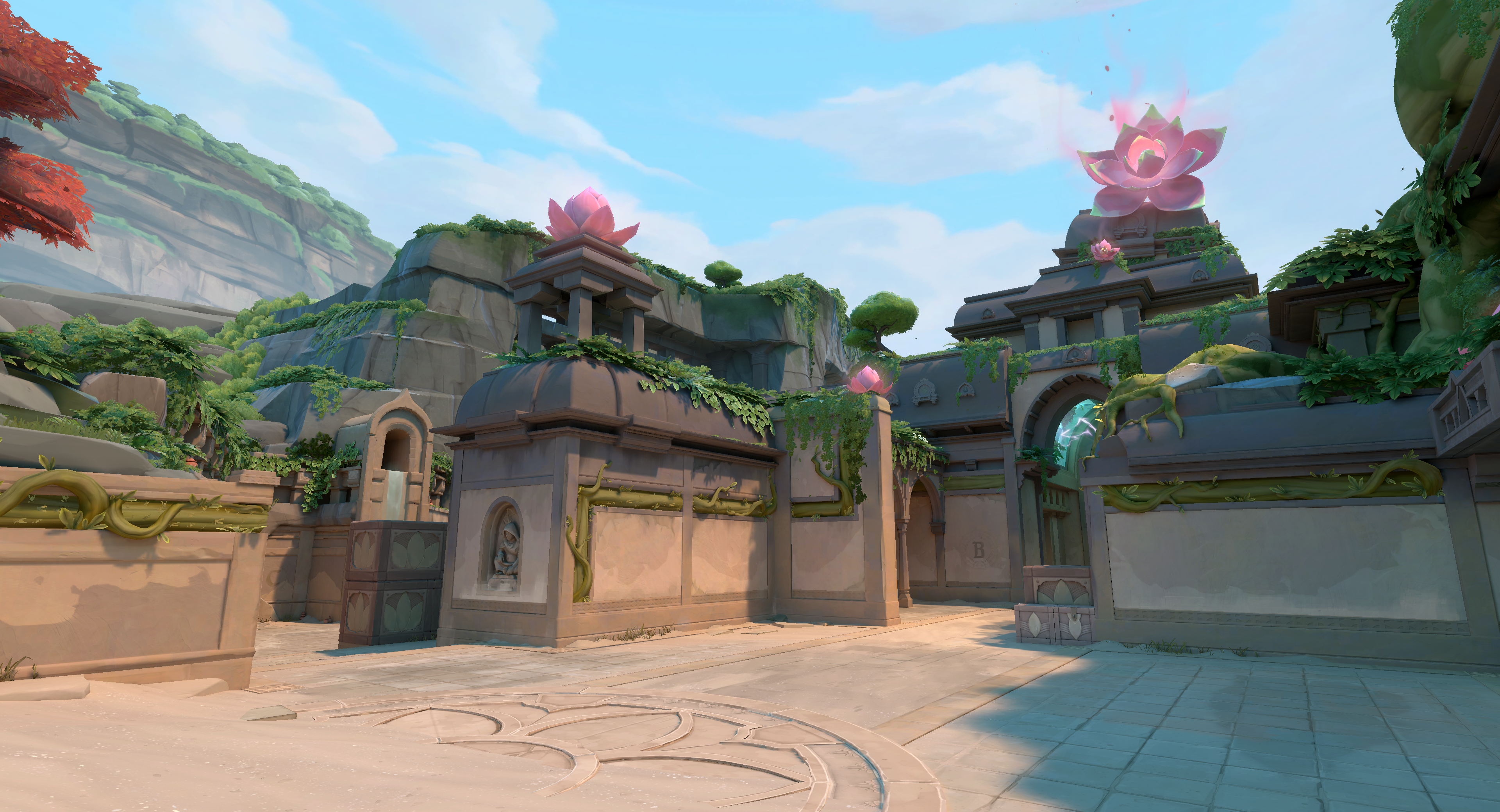

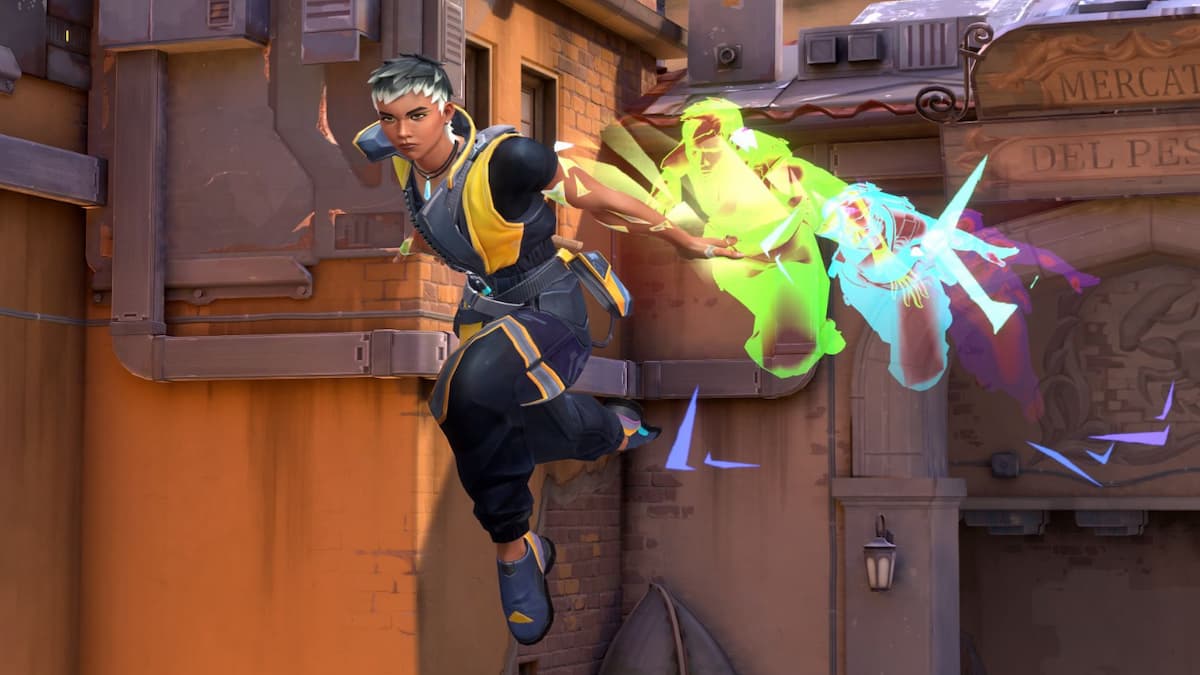








Published: Jan 12, 2023 12:01 pm